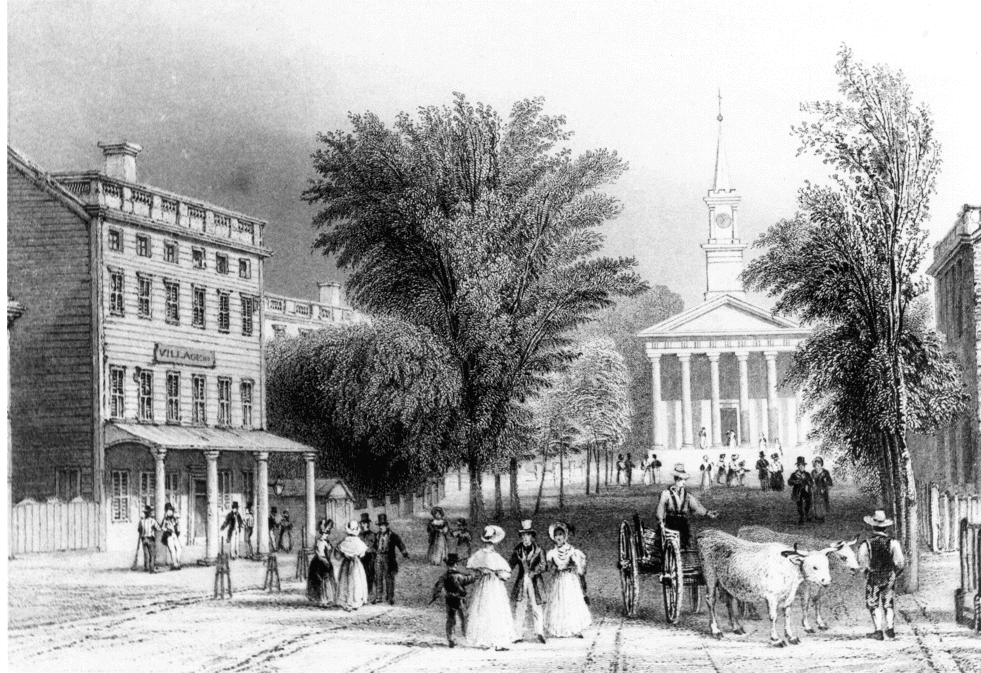|
Wooley's 1896 photographic tour of Florida reflects not only the fascination people had with Florida and its unique tropical flora and fauna, but his racial prejudices and
biases--ones which evidently were acceptable to his audiences. In reconstructing his Florida lecture, we have deliberately left his racially prejudiced comments and photographs intact. We have done so, because we believe they are
important indicators of attitudes and prejudices of the period.Putting aside the racial prejudices evident in Wooley's lecture, we are left with a remarkable historical record. To our knowledge no comparable set of colored
slides and lecture notes from the period on Florida exists. The colored lantern slides, a select number of which are included in this work, are remarkable in that they give us a sense of what late nineteenth century Florida must
have looked like to Wooley's audience. These slides are almost certainly among the very first color photographic images of Florida viewed by the general public. It should be emphasized that they are not color photos, but instead
lantern slide images that were colorized for Wooley by A. G. Marshall in New York City. Their overall effect is remarkable. For people unaccustomed to visiting distant or foreign places, they must have been even more
incredible. The presentation of a "magic lantern" slide lecture such as Wooley's "From Ice and Snow to Flowers and Fruit" offered the audience an opportunity to travel to distant places, to view scenic
landscapes, strange people, historic buildings and exotic animals from the comfort of a local church or lecture hall. A photographer such as Wooley engaged in the public showing of lantern slide presentations provided
entertainment, educational opportunities and a sense of excitement to many individuals who would never "see" these sights except through "actual photographs." Try to imagine the wonder and
amazement of a child or adult seated in a dark hall, ready to experience their first "true" glimpse of "Indians of the Far West," "The Wonders of Europe," or "Travels in the Florida."
Remember that each presentation held the same sense of anticipation and excitement. Understand that the technology and the message both held a sense of wonderment and amazement. Appreciate that the seemingly crude projection
abilities of this equipment progressed with the same speed as many other aspects of nineteenth century American life. [6]
Richard Balzer has written that the lantern slide lecture followed the pattern of many nineteenth century inventions.
It was refined and "improved," that is, made more approachable by greater numbers of people. Illuminants were strengthened, allowing for greater
public displays and the demise of the itinerant showman...By the end of the century projectors with two, three and sometimes four lenses, either on top of each other of next to each other, would be used...The use of
photographic slides greatly expanded the power of the lantern, allowing people to be shown real images of foreign lands and foreign people...The last half of the 19th century brought numerous other changes in the magic lantern.
For much of its existence the magic lantern was a device for public entertainment or affordable as a toy for the well-to-do. All this changed with the industrial revolution, when mass production techniques permitted the
production of a large volume of cheap lanterns. [7]
In the case of Wooley, the lantern slide lecture also offered the promise of a financial reward, something no struggling photographer treated lightly. The extent of Wooley's financial gains from lantern
slide lectures is unknown. It is likely that he had visions of becoming another Seneca Ray Stoddard. He advertised his shows in the New York area, and appeared to devote a great deal of time and attention to presentations. The fact
remains, however, that he never emerged as a nationally recognized travel lecturer or photographic figure.Yet his photographic tour of Florida survives today as one of the most complete records that we have of the content of a
stereopticon or magic lantern slide lecture. As such, Wooley's work provides us with not only an important document in Florida history, but a unique insight into an intriguing aspect of late nineteenth century entertainment,
education and popular culture. . |
